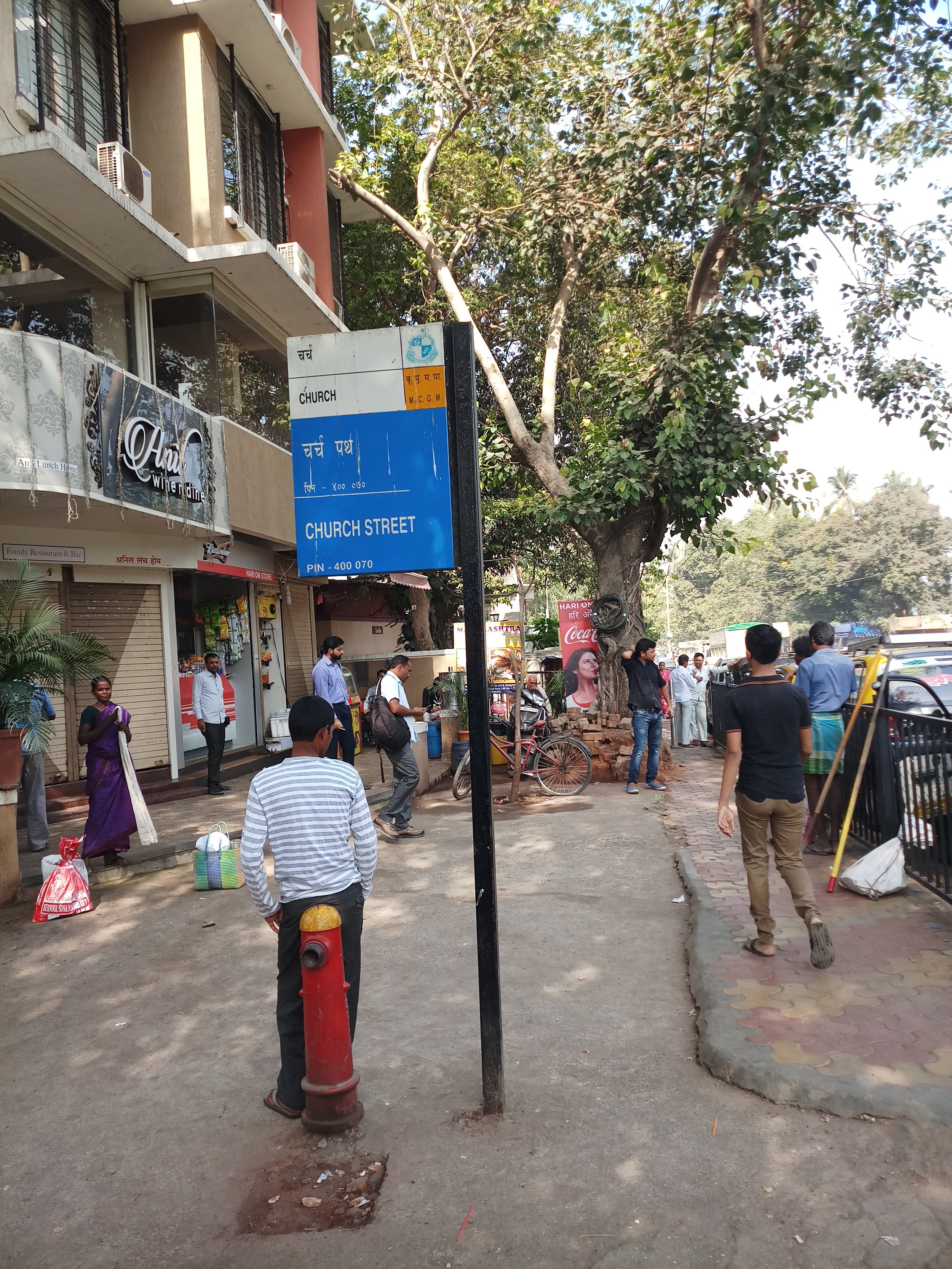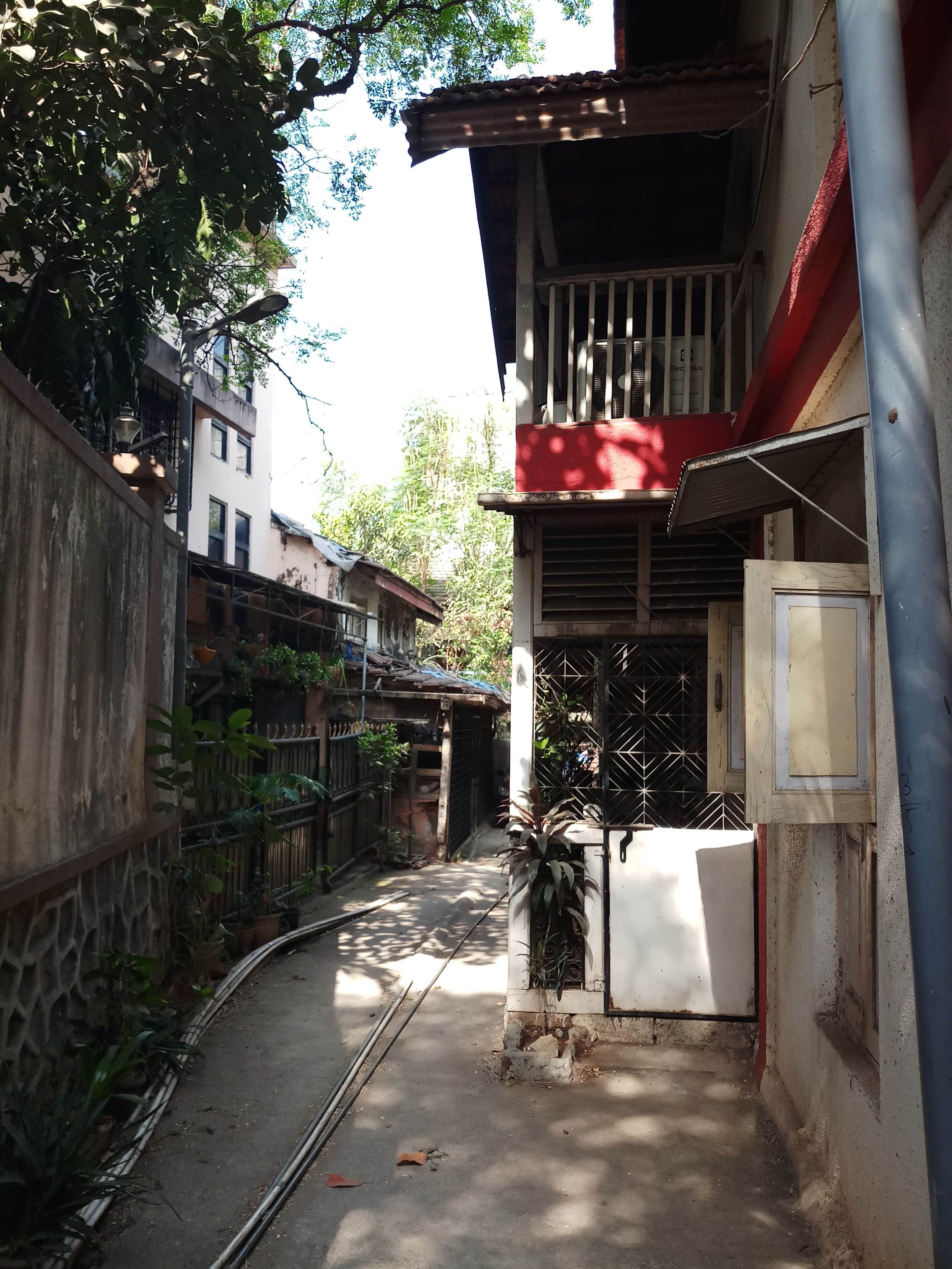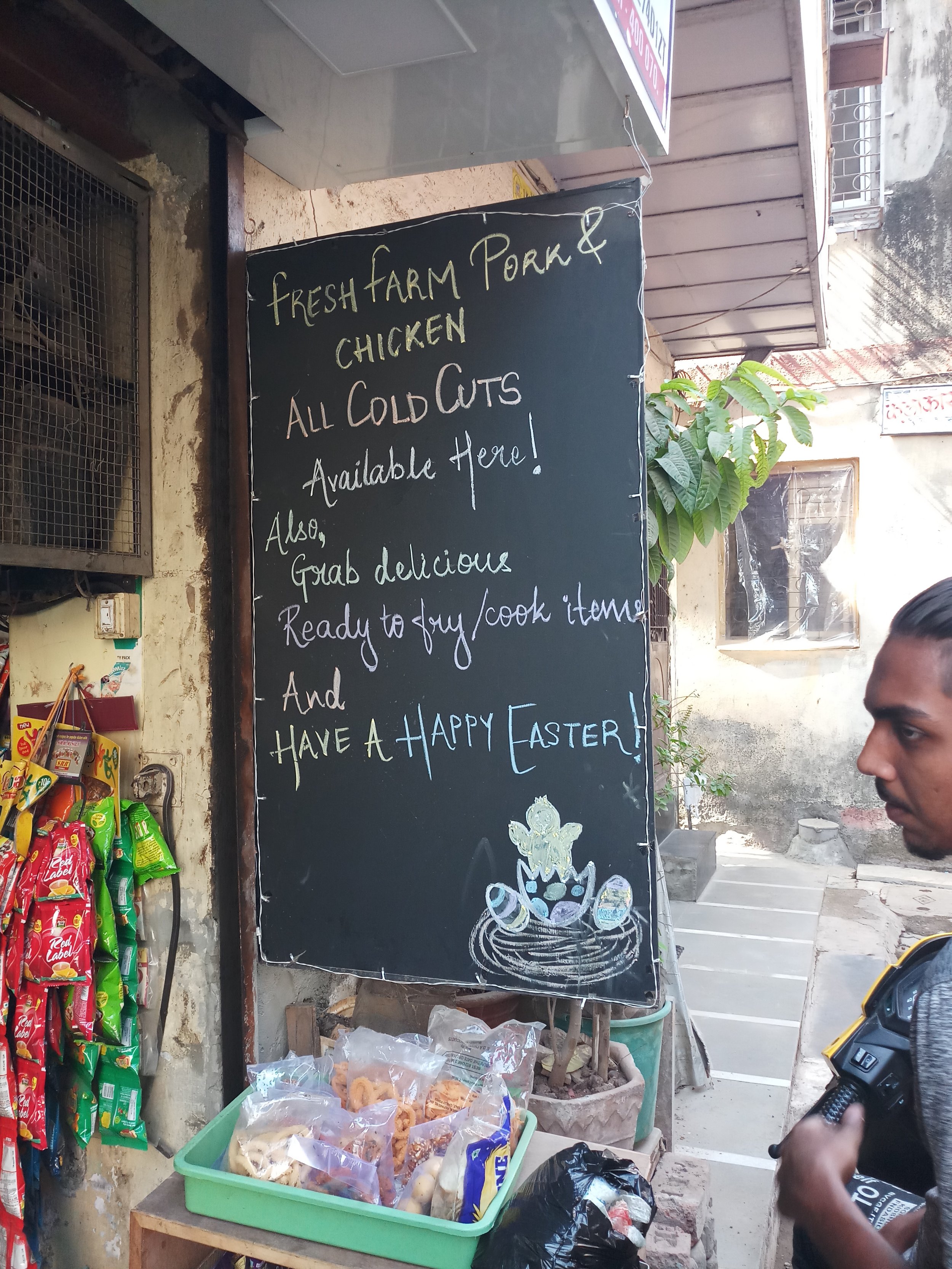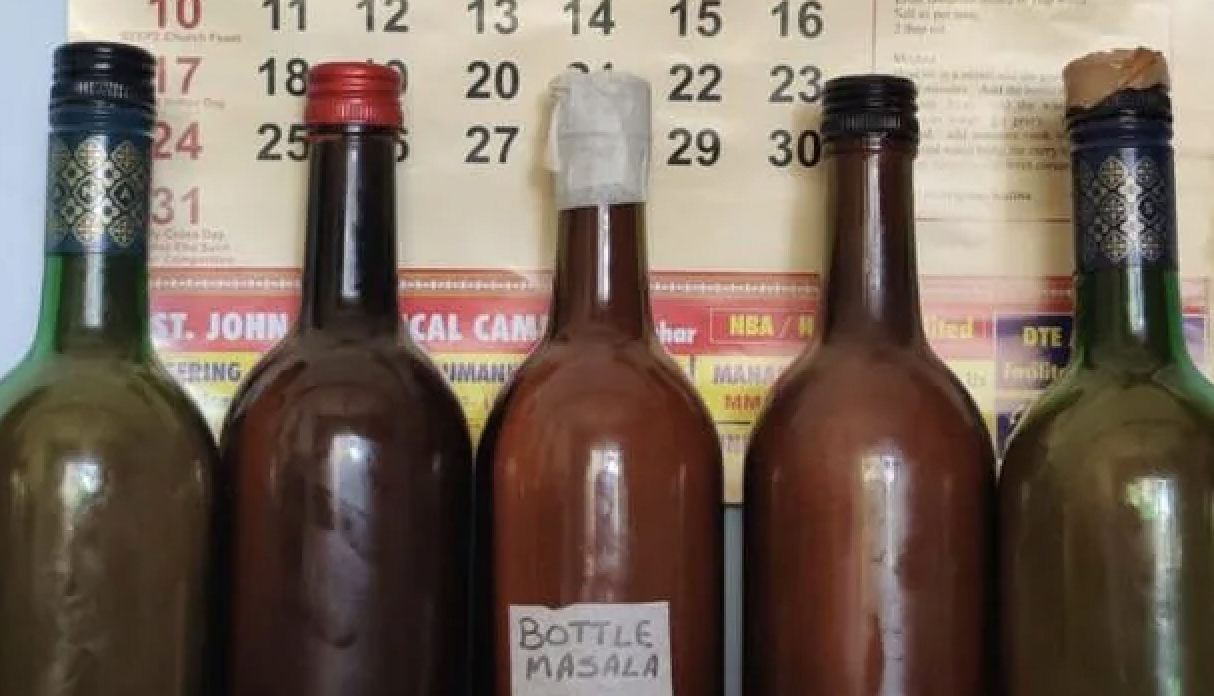KNOWING KURLA
Cities grow, get gentrified and change as do meanings, values and people but they don’t get undone. They remain in a passing, slightly frayed, fragile and imperfect form as reminders of our past and its acceptance in the present. Kurla Village occupies that place.
Kurla, unlike its fairly gentrified kin – Bandra, is not on a regular tourist map. Its villages, Culbavour and Hul, share the same visual language as Ranwar or Chuim, but there is little or no reason for outsiders to enter them. They remain hidden. A lot has to do with how Kurla is measured on the city map - by its proximity to Bandra Kurla Complex and more recently, to Phoenix Market City. The buck usually stops there
PADROADO JURISDICTION
Kurla, the name, comes from ‘kurli’ crab found aplenty in the marshes around the village. It came under the Portuguese after the Treaty of Bassein was signed in 1534 and remained under them until the British, finally, occupied Salsette in 1774. Interestingly, even though the British gained control over the islands after the matrimonial alliance between Charles II and the Portuguese princess, Catherine of Braganza in 1662, Salsette continue to be under the Portuguese
In keeping with the Portuguese vision of pepper and souls, Pope granted the King of Portugal right of patronage over the churches he would establish in the East. It was a faculty granted to the king to nominate bishops to carry on the work of converting the heathen into Roman Catholics. Salsette and Bassein came under the Padroado jurisdiction, manned by the clergy in Goa.
HOLY CROSS CHURCH
St. Francis Xavier, Apostle to the Indies (1548) recommended a church to be built at Kurla in a letter addressed to the King of Portugal, petitioning a land grant at Kurla. The Jesuits came into Bandra and Kurla in 1573 and the Holy Cross Church was built in 1580.
The Church has a distinctive Portuguese style façade and anchors the East Indian Community of Kurla. They congregate here for the Aguera or blessing of Paddy festival, for feasts, fairs, weddings, baptisms and of course Sunday mass. It is also the venue of the annual feast of Phool Dongri Cross. It is believed that the heritage cross stood on a hillock, half a kilometer from Holy Cross Church and once the hillock was razed the Phool Dongri Cross and its celebration, was shifted to the church compound.
TIED BY THE BOTTLE
The villages of Kurla – Hul, Culbavour, Naupada and Kurla Christian village share a syncretic cultural bond with the other East Indian villages of Mumbai who continue to hold on to their pre-Christian traditions while absorbing the foreign one. We are talking about the fishermen (koli), farmers (kunbi) and salt makers who inhabited these villages. We are talking of a common visual language – houses made of wood, open verandahs, overhanging balconies, latticed staircases, Mangalore tiles, haphazard streets opening into little squares which doubled up as places for a chinwag or drying spices, carnivals and novenas. We are also talking about the sorpatel, vindaloo, moile, fugias (East Indian bread), Balchow, Recheado paste used for stuffing the meats, drinks like Khimaad or Maria Branca (Toddy) and of course, the famous Bottle Masala
Bottle Masala is a flavour born of a cultural admixing. Interestingly, no two families agree on the ingredients but some like chillies, wheat, khus, turmeric, coriander seeds, cinnamon and cloves remain a constant. Made in the hottest, driest days before the monsoon, womenfolk sitting and pounding the masala in the village squares was a common sight. Now, the pounding is outsourced too. The process takes 3 or 4 days and once ready, it is stored in coloured, mostly beer bottles, to protect it from harsh sunlight. It is a must have in every home. The number of ingredients, shrouded in mystery, only add to its intrigue as it connects the villages across the Mumbai map.
GROWTH
Kurla or Coorla, as it was spelt until the 1890s was a major Railway station between Bombay & Thane on the Great India Peninsula Railway. When the GIPR electrification of Harbour line was undertaken, Kurla car and railway shed was created. Later, the first electric train to run in Asia between CST and Coorla in 1925, was maintained at this shed.
Stone quarries of Kurla provided material for the construction of GPO, Prince of Wales Museum (CSMVS) and other important heritage buildings.
It was an outlier to the main mill zone. A relatively cheaper land value and proximity to water enabled Industrial growth. It converted into an automobile industrial zone with the Premier Automobiles assembly plant in the 50s. The iconic Premier Padmini car was also built at Kurla from 1964 until the plant closed down in 1997.
Kohinoor planet, eyed the property and acquired it to develop an integrated township, Kohinoor city and further expand the project with value adds like school, retail/ commercial space. Phoenix Market City has been a relatively new addition.
Somewhere between all the construction, the pocket grew, far from its village life. The good part – they still exist, hemmed by development on all sides. The best part – the culture has not been obliterated and you only need to walk into the by-lanes to know more.
Our walk - Knowing Kurla, does exactly that!
MORE ON KNOWING KURLA
https://www.mid-day.com/mumbai-guide/things-to-do/article/putting-kurla-on-the-map-19823165
REFERENCES:
https://www.livemint.com/Leisure/ysAFQl56s5DgGbbXdCUAuI/The-Mumbai-neighbourhood-nobody-visits.html
https://indianexpress.com/article/cities/mumbai/twin-kurla-villages-where-age-old-traditions-still-thrive/
https://www.east-indians.net/Kurla.htm
East Indian Memory Co.
The Making of Mumbai, A History of the metropolis and its Catholic Past
Bombay East Indians Cookbook







